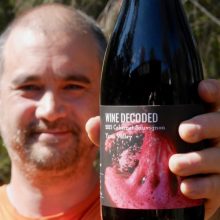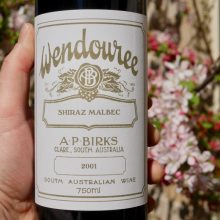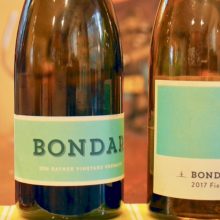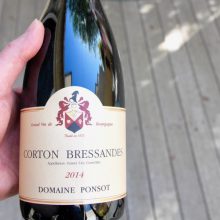
Product information
Ca’ di Press Barolo ‘Perno’ 2021
$218
Description
A density with a serious core of vibrant fruit lined by a dark edge and truffles. Graphite, tar, tabacco. A lacing of fine perfume. Serious presence here. More immediate generosity and playfulness than many Monforte’s. Purity with personality. Complete and harmonious. Optimised for the year. Fine acid. Beautifully handled proper Nebbiolo tannins that are refined at this youthful age for a Monforte. Grip of quality. Sensual, long and flowing finish. A special wine with plenty more to come.
The 2021 Ca’ di Press Barolo ‘Perno’ has such great touch that you would expect a wine like this to come from a maker have produced it for 20+ years.
Grab a 2021 Sordo Barolo ‘Perno’ for a tasty side by side.
Paul Kaan, Wine Decoded Nov 2025
The 2021 Barolo Perno is every bit as compelling as it was when I tasted it a few months ago, maybe even a little more so! Soaring aromatics and silky tannins frame a core of pure red/purplish fruit. This is only the fourth vintage for Ca’ di Press, and yet in that short time, the wines have gained in finesse through gentler extraction and a gentler oak imprint. Of course, the strong vintage helps as well. This gorgeous, translucent Barolo is utterly sublime. The 2021 is a wine of extreme finesse and beguiling beauty. I would love to own it.
Antonio Galloni, Vinous 97 Points
In stock














You must be logged in to post a comment.